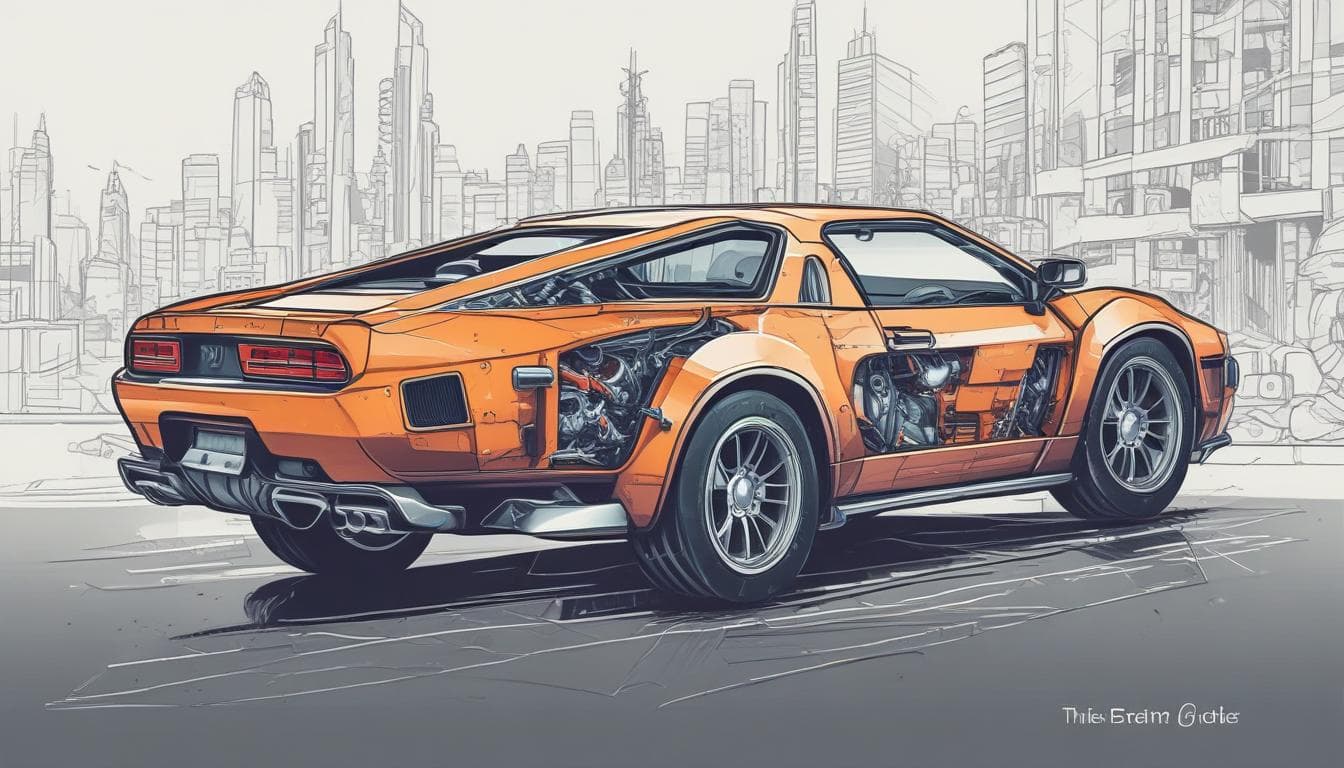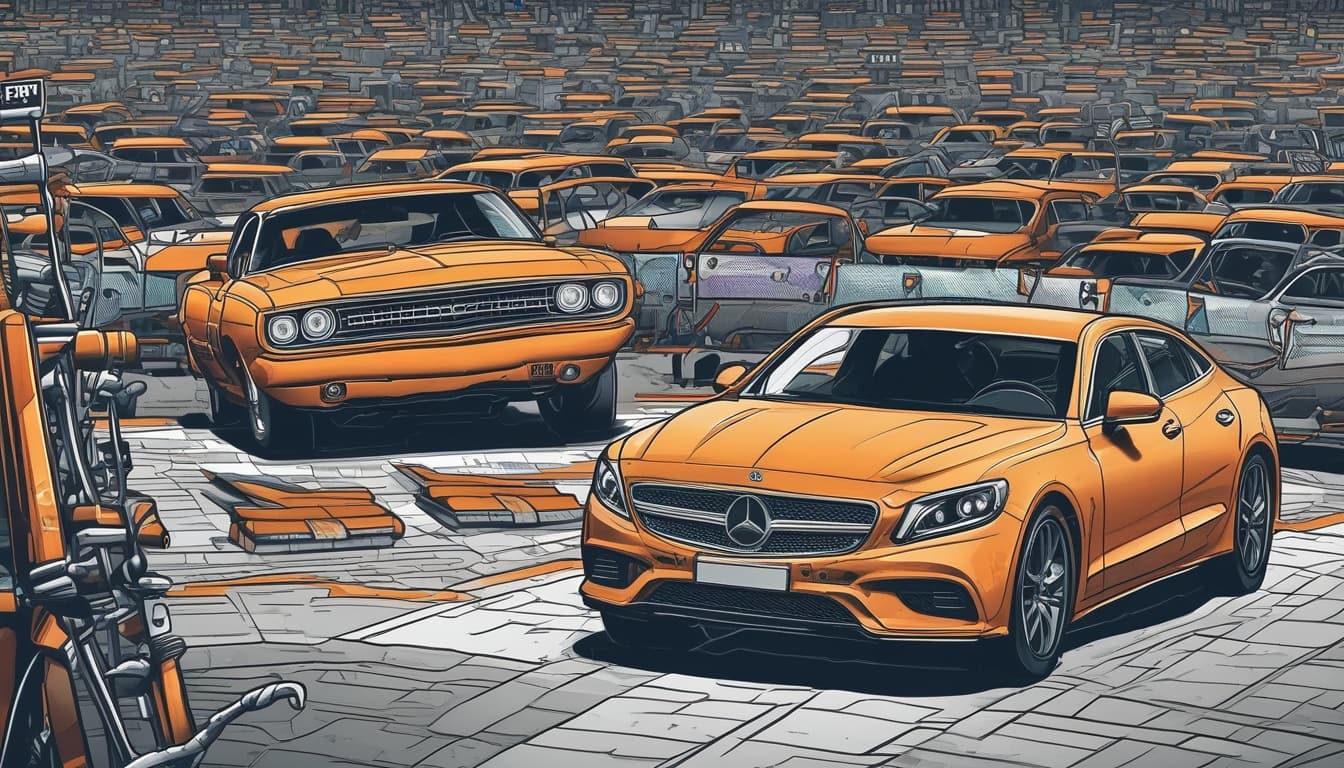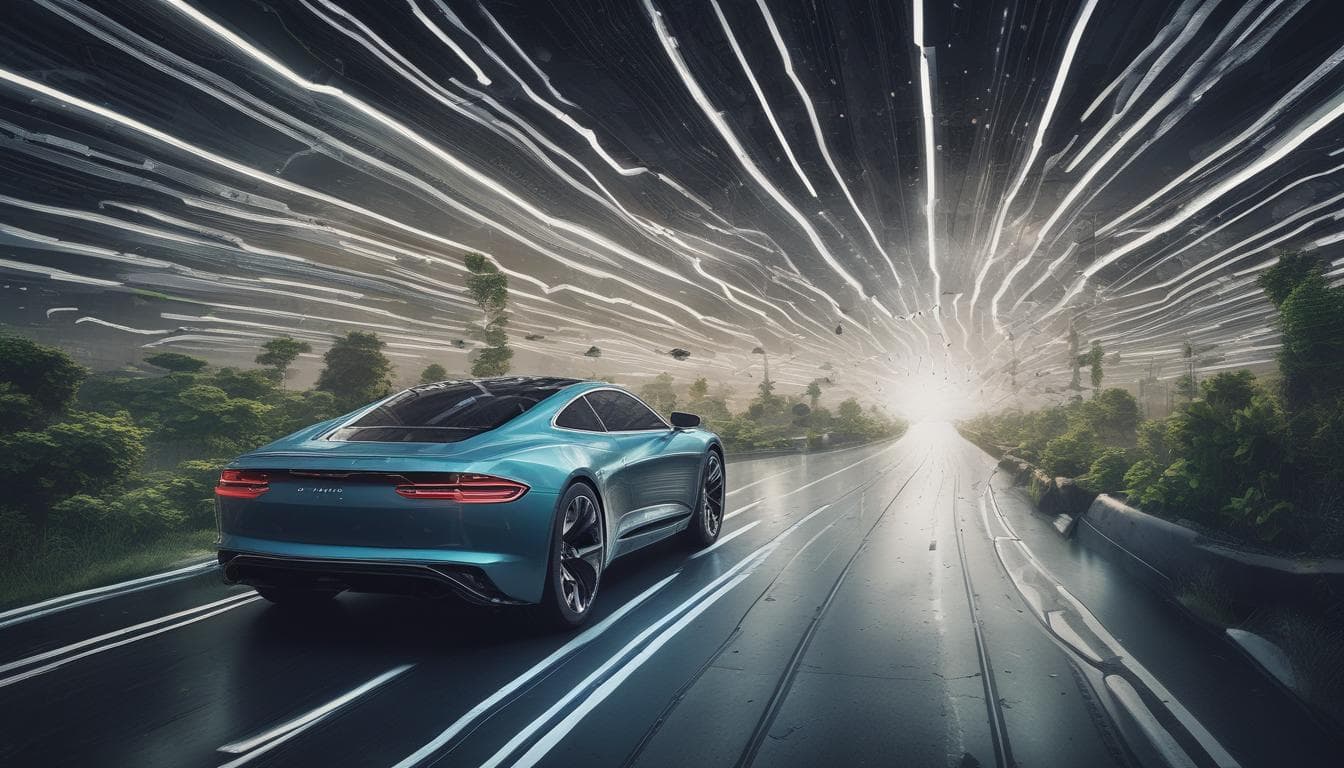With the rise of AI in vehicles, how might the concept of "classic car" evolve? Will future generations cherish self-driving, AI-powered vehicles the same way we value vintage automobiles today? What factors will determine a car's "classic" status in a world of rapidly advancing technology?
This is a fascinating discussion! The concept of what defines a "classic car" has always been tied to factors like design, performance, cultural significance, and the nostalgia they evoke. With the rise of AI technologies and self-driving vehicles, the definition of a classic car could indeed evolve significantly in the coming decades.
1. Design and Aesthetics: Just as the flowing curves of a '57 Chevy or the boxy charm of an '80s BMW hold aesthetic and nostalgic value, future classic AI-powered vehicles might be celebrated for their cutting-edge designs or the way they represent an era of innovation. Manufacturers might even create unique, limited-edition autonomous cars specifically designed to stand out as future classics.
2. Technological Milestones: Vehicles pioneering game-changing advancements could also achieve classic status. For example, the Tesla Model S, often considered the car that revolutionized the EV market, might one day be viewed as a classic due to its historical significance. Similarly, an AI-powered car that marks a major shift in autonomous technology could gain iconic status. If you're interested in how these advancements reshape industries, you might find this article on the AI revolution in automotive insightful.
3. Nostalgia vs. Future Functionality: Nostalgia will likely still play a role, but the emotional attachment might shift. Traditional classic cars are cherished for their mechanical simplicity and the direct connection they offer between driver and machine. Future classics could instead be celebrated for the innovative experiences they provide—perhaps their ability to drive families cross-country in easy comfort or their integration with the Internet of Things (IoT). To explore this idea, this piece about the convergence of EVs and IoT offers some thought-provoking insights.
4. Cultural Impact: Cars that represent cultural shifts or are tied to major lifestyle changes will always pique collector interest. As the automotive industry moves toward Mobility-as-a-Service (MaaS) and subscription-based ownership models, vehicles that encapsulate the transition from personal ownership to shared mobility systems might gain sentimental value in the future. This article on the future of automotive through MaaS delves into these changes in detail.
Ultimately, tomorrow’s classics might tell the story of how we transitioned into a fully autonomous, AI-integrated world—not just as objects of nostalgia, but as pivotal instruments of change in human history. Still, I’d love to know: which current vehicles do you think have the potential to become future classics in this regard?
이 주제에 대해 더 알아보기
대화에 참여하기
- 미래 자동차 시대: 전기 모터와 신용 기술의 영향과 변화 방향
미래 자동차 시대에 대한 전망과 우려를 나누고, 전기 모터와 신용 자동차 기술이 자동차 산업에 미치는 영향, 신기술 활용 방안, 불편한 점, 그리고 자동차 산업의 변화 방향에 대한 의견을 공유하세요.
- 자율주행 시대: 예측, 단리, 그리고 산업 발전 방향
자율주행 기술의 발전이 자동차 산업 생태계에 미치는 영향과 기대되는 변화에 대한 토론입니다. 자율주행 시장의 미래와 발전 방향에 대한 여러분의 통찰력을 공유하세요.
- 자율주행 시대에 대한 회의적 시각과 미래 자동차 산업
자율주행 기술의 발전과 함께 회의적인 시각도 존재합니다. 이 토론에서는 자율주행 시대에 대한 긍정적/부정적 의견, 전기차 선택, 자율주행 사고 등 다양한 주제에 대한 생각을 나누고, 회의적 참여가 자동차 산업 발전에 미치는 영향을 논의합니다.





